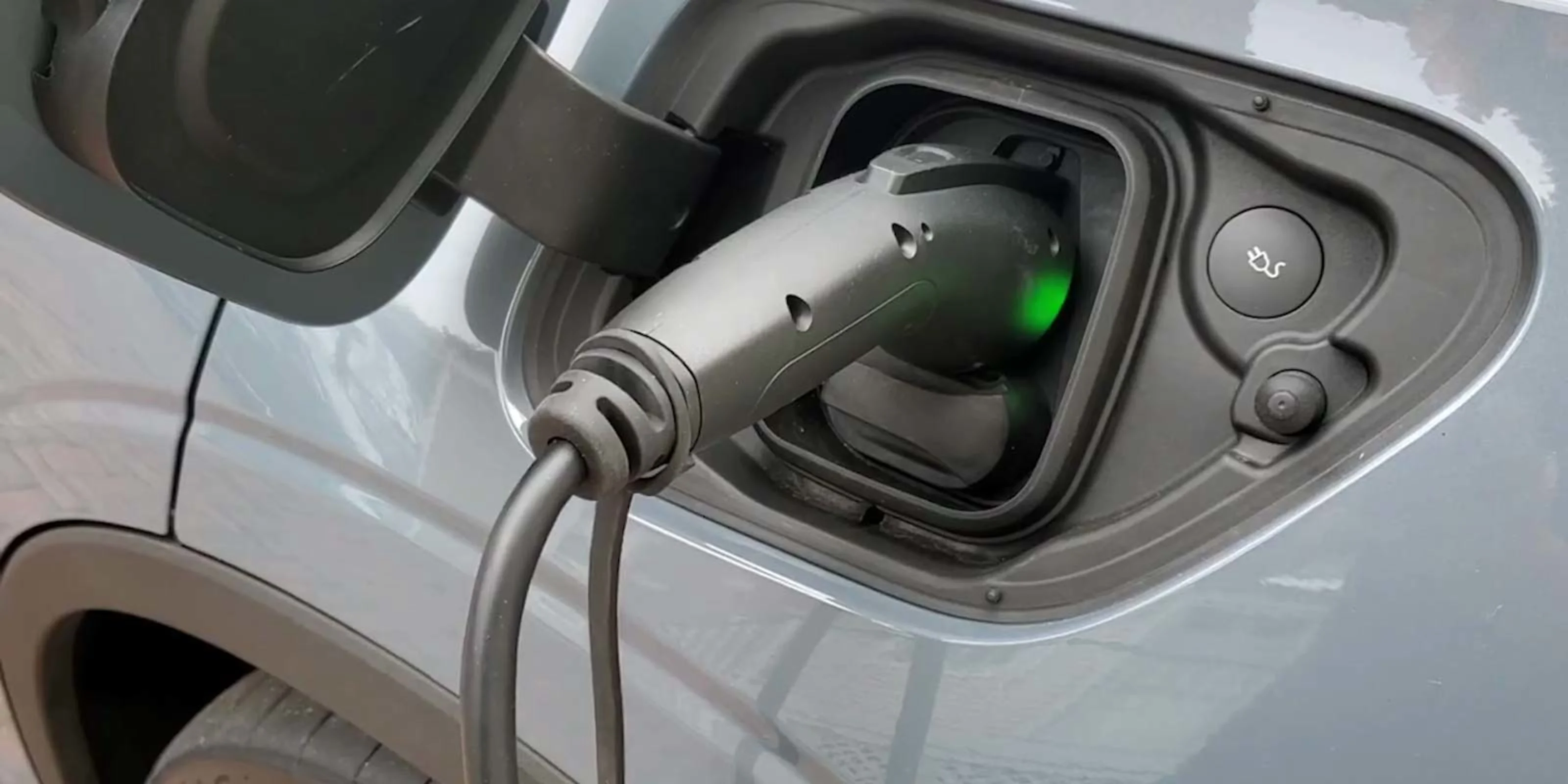For many people, summer means travel. And whether it’s going home to visit family or exploring a new place, travel means using some form of fossil fuel-reliant transportation. But the problem I’ve encountered as I browse through the various train, plane, and bus tickets has been finding out which is the greenest option. Well, in this post we will figure out what is the greenest way to travel?
Table of Contents
ToggleWhat is the greenest way to travel?
When we look at news headlines, climate activists like Greta Thunberg seem to be flocking to trains as a way to travel without an excessive carbon impact. But does a long 24-hour train ride have less of an emissions footprint than a 2-hour flight? It’s important to at least try and figure out some environmental guidelines for deciding which transport option to take, especially when considering that in past few years. According to the Intergovernmental Panel on Climate Change, the transportation sector accounts for 23% of the world’s total greenhouse gas emissions.
So, today I have a simple question. When traveling, which form of transportation requires the least emissions? Unfortunately, the answer to that question is not-so-simple. The carbon footprint of planes, trains, and cars depends on a number of contextual factors. These factors include infrastructure, the build of the vehicle (like electric or diesel), location, and distance. So instead of trying to decide on the ultimate form of green transportation, we’re going to look at how various factors, including distance and number of passengers in the vehicle, change the emission footprint of different transport modes.
Distance
Short distance
So, let’s start with a relatively short distance: A quick business trip between Toronto and New York City. National Geographic looked at the various transportation options. According to their number-crunching, the plane wins the award for shortest distance traveled at, 352 miles or 566 km. On the other hand, cars, and buses took second place at 472 miles or 759 km. And finally, trains chugging along in last place with a 544 mile or 875 km transit.
So, planes have drastically less distance to travel. However, that doesn’t necessarily equate to fewer emissions. Instead, if we look at the number of passengers transported per trip combined with the gasoline fuel equivalent of the mode of transportation, we get some surprising numbers.

According to National Geographic, the electric car is by far the most efficient fuel-wise. However, taking the bus also requires fairly low emissions. It gets pretty interesting when we switch our attention to planes, traditional cars, and trains. National Geographic pins the total CO2 per passenger for a plane trip at 75.3kg and claims a train requires 84.3 kg. But these numbers vary a little bit depending on how it’s calculated.
Part of the reason why a train can be so emissions-intensive is that many trains still run on diesel. In this case, the train that reaches almost all the way to Toronto from New York is the Empire Service. Empire service uses a dual-mode engine. It runs primarily on diesel. However, it switches to electric when it reaches Penn Station. So, in short, the best way to travel between Toronto and New York is by bus if you don’t own an electric vehicle, and the worst is via a flight or train.
Longer distance
But what about longer distances? Do things change? Especially when you consider that a lot of a plane’s emissions come from taxiing, take-off, and landing, it seems like the longer the distance traveled, the more efficient the flight becomes. According to a peer-reviewed report by the Union of Concerned Scientists, the emissions associated with a 1,000 mile or 1609 km solo trip reveal some interesting conclusions.

Taking the bus is still by far the best option. It is because of its ability to transport a large number of passengers on a comparably small amount of gas. Shockingly, however, flying in an economy seat has roughly the same carbon emissions associated with it when compared to a typical Amtrak train. As flights get longer, and if the flight is non-stop, the carbon load becomes smaller per mile. However, if you’re flying out of a congested airport with constant delays like Chicago’s O’Hare, that footprint can balloon in size. Essentially, the more time the plane spends in the air going from point A to B, and the less time it spends taxiing or circling the airport waiting for runway clearance, the more efficient it will be.
So what is the greenest way to travel in general?
Ultimately, the “greenness” of travel is heavily dependent on context. There is no hard and fast answer to the best form of travel for the environment. But, if you are in desperate need of a rule of thumb here’s a tentative green transport lineup for a solo traveler:
In general, a bus is better than a train. The train is better than a plane which trumps the average car and SUV. But that order can vary depending on the distance traveled and amount of passengers within that car.

Ideally, an application like google maps could calculate the various emissions associated with your particular route and transportation options. In this way, you’d be able to quickly understand the environmental consequences of your trip. Right now, however, we have to rely on carbon footprint calculators like Terrapass or Tripzero. They can be a bit clunky and confusing to use. At the end of the day, we can only do so much to minimize our carbon footprint when traveling.
Calculators and catching a greyhound are great. But innovations in infrastructure and technology are necessary in order to quickly decouple emissions from transportation. Rapid electrification of cars, buses, and trains and the creation of a reliable clean energy grid will make the uncertain process of green transportation much more certain.

One of the cornerstones of any clean energy grid is solar power. Indeed, the solar power system is eco-friendly. It is a great investment too. There is no use of fossil fuels, no use of complex high-power machinery, and no waste in solar panel installation. Undoubtedly, solar power can help to solve climate problems to a greater extent if the majority of the world’s population uses it. So why one should invest in a solar panel? There are a lot of reasons. You can learn more about solar panels at the following link. Why you should invest in a solar panel?
The bottom line
So what is the greenest way to travel? Well, it depends on multiple factors such as distance and number of passengers. In short, the bus is better than the train and the train is better than a plane.

